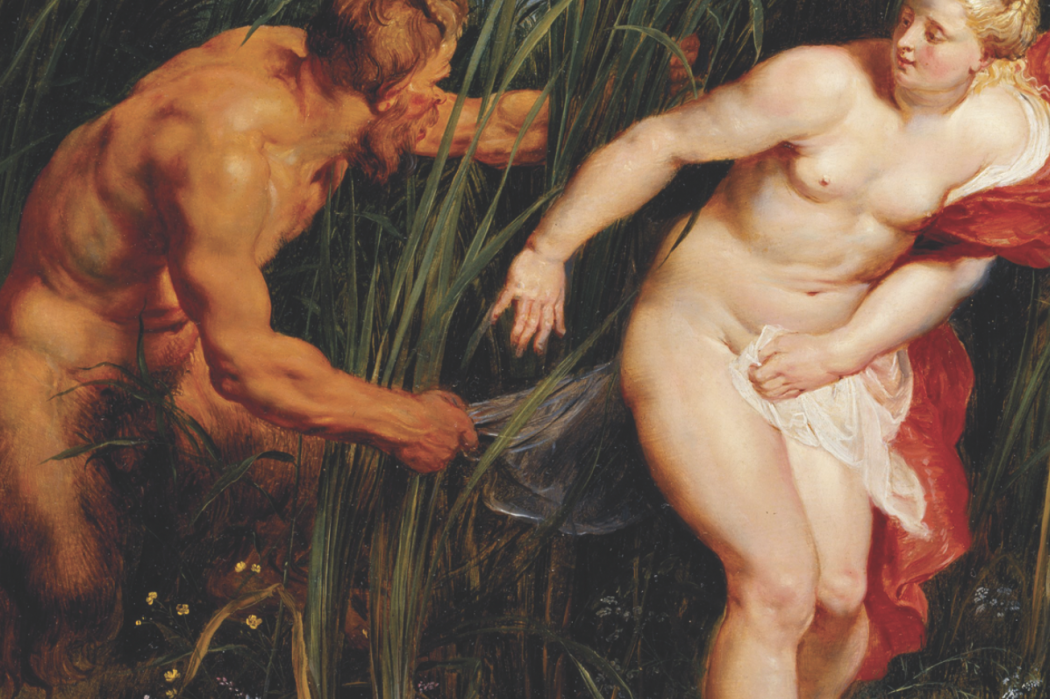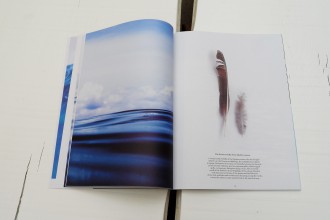Peter Paul Rubens liked his fleshy female nudes. Well, he was called “the Italian”, after all…
He was one of the first globetrotters of his time. Born in Belgium, but known as “the Italian”, Peter Paul Rubens was a great traveller and a famous ambassador for his home country. However, he was not always understood or even loved during his lifetime. Speaking to Arturo Galansino, a curator at London’s Royal Academy of Arts and soon-to-be General Director of Fondazione Palazzo Strozzi in Florence, we discover a new side to Rubens – an erotic painter who was fiercely despised by his contemporaries.
“Rubens and His Legacy” will open at Royal Academy of Arts on the 24th of January 2014 until the 10th of April 2015. www.royalacademy.org.uk
But that’s the way he wanted to paint female nudes. And he liked big, fat (at least by today’s standards), sensuous feminine bodies that many painters after him go on to emulate – by that I mean the Spanish Baroque artists and even Picasso..
Why was he called “The Italian”? He was born in Antwerp but he moved to Italy and travelled widely in the country. He was heavily influenced by Italian art and it was the American art historian Bernard Berenson who nicknamed him “The Italian”. He only became famous upon his return to Flanders from Italy. He had seen Titian, Caravaggio, and above all Michelangelo and he developed a taste for big, strong, powerful bodies. His style was defined by the Italian art that he so loved, and he began painting strong and fleshy bodies.
Are you planning to bring some big names to Palazzo Strozzi, when you take up your role as General Director? I want to bring contemporaries to Palazzo Strozzi. Something has never been done before.
“…He was twice married and was the owner of an extraordinary art collection. For all these reasons, he rubbed many people up the wrong way, especially the French, who considered him false and superficial. It wasn’t until the 18th century when he was rediscovered and revered by Gericault, Delacroix and friends, who considered him the Homer of the visual arts”.
Is it a woman or a table? If Rubens offends feminists, what can be said about Allen Jones? He made his name by sculpting female figures into chairs, tables and hat stands. These pieces made such an impact when they first appeared in 1970 at the Arthur Tooth and Sons Gallery, that he was nicknamed ‘The bad boy of British pop art’. Back then he got inspiration from adult comics and pin-up art, but he claims he never intended to be provocative or anti-feminist. However, his women-as-furniture is now officially considered art whatsoever and the highly respected Royal Academy of Arts has given Allen Jones their seal of approval by dedicating an exhibition to his work, which runs until 25th of January. If you fancy seeing Kate Moss wrapped in golden armour, you know where to go.





